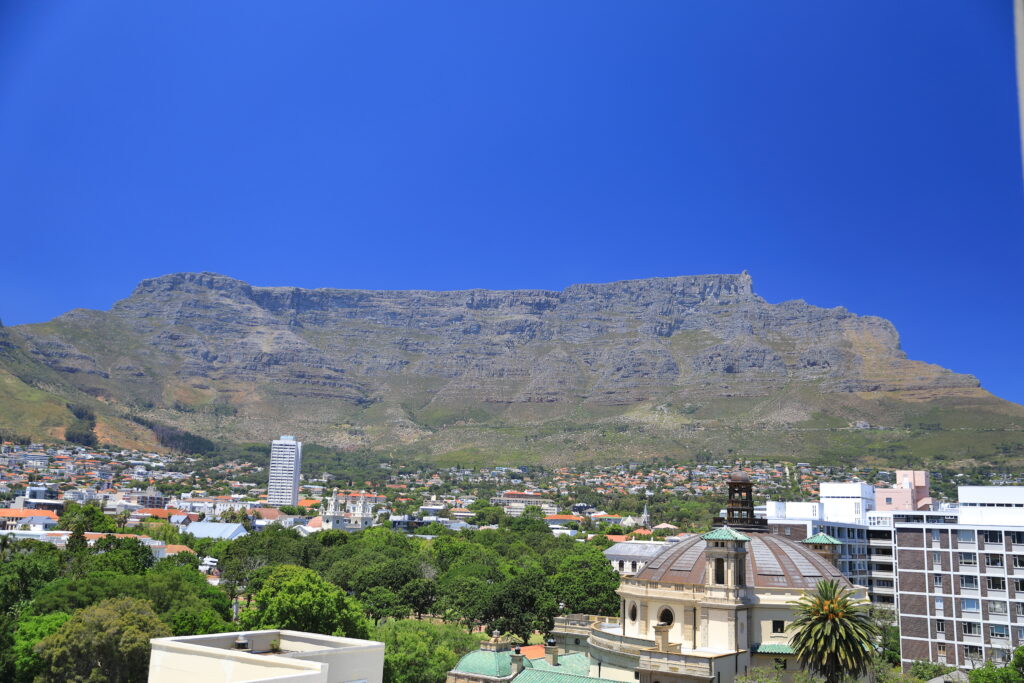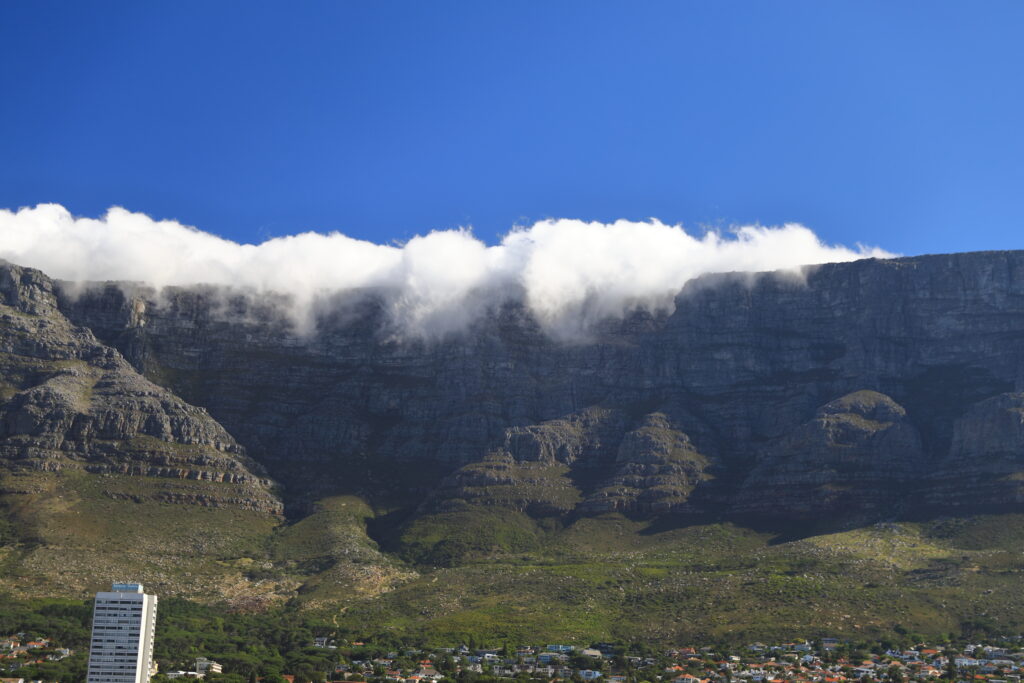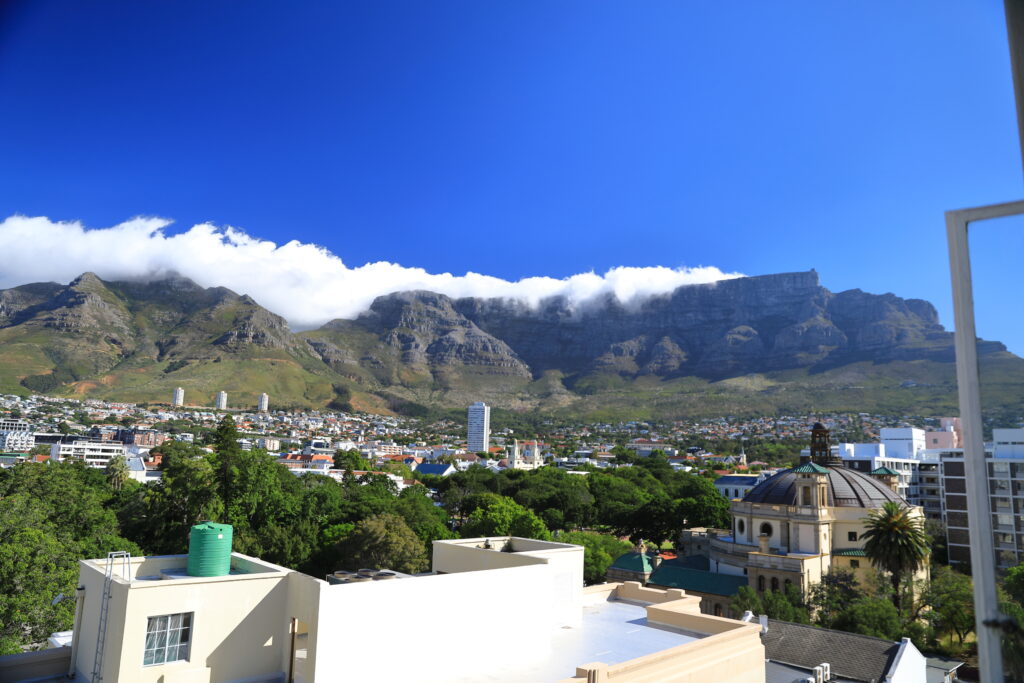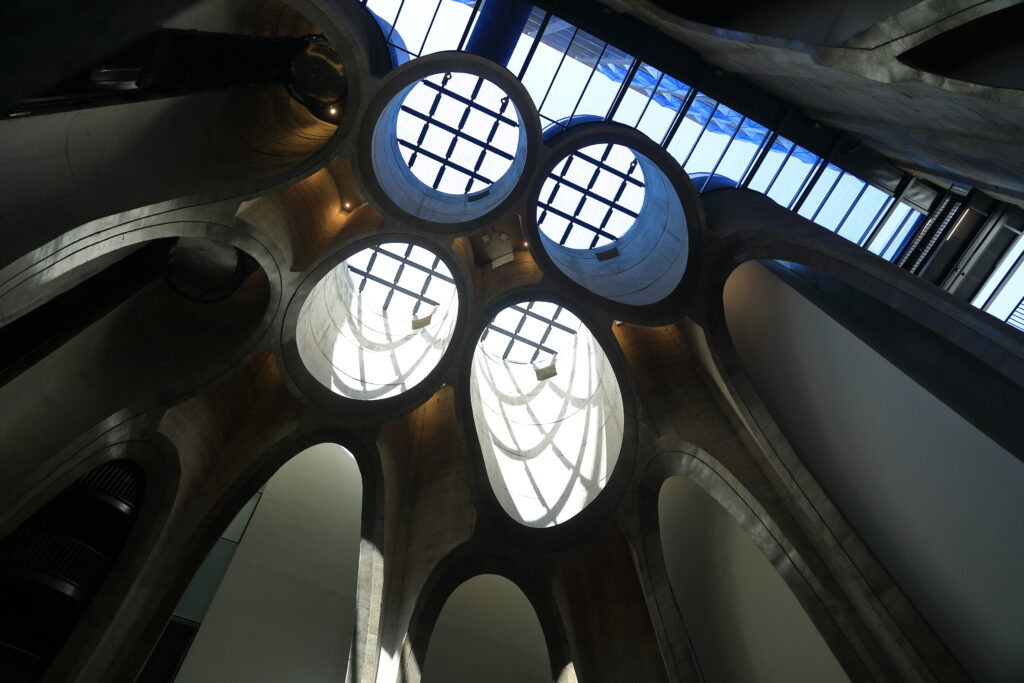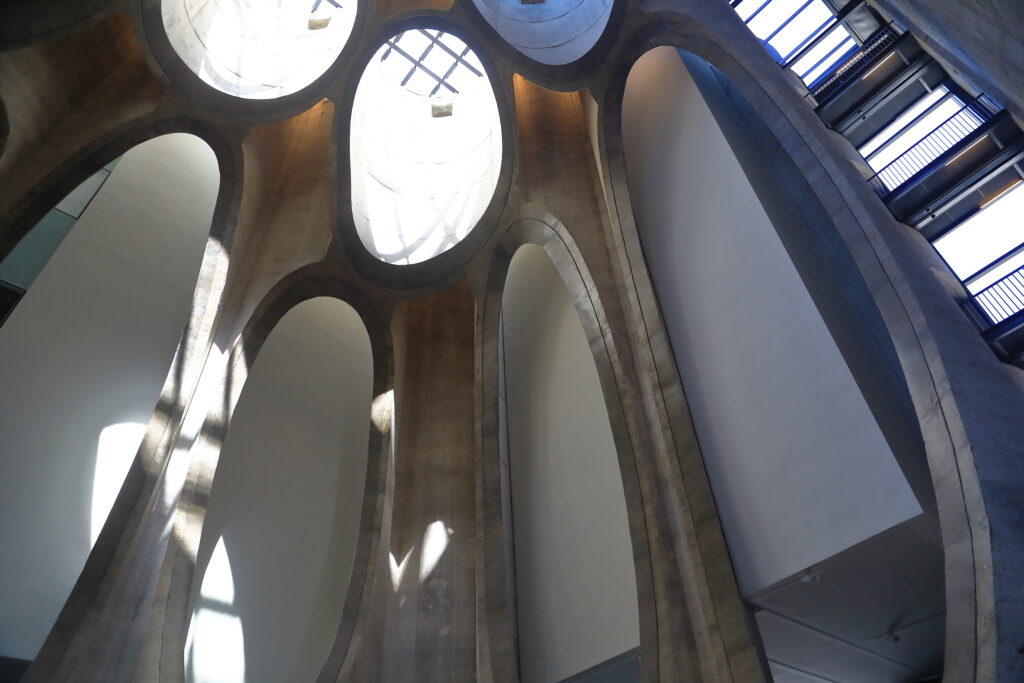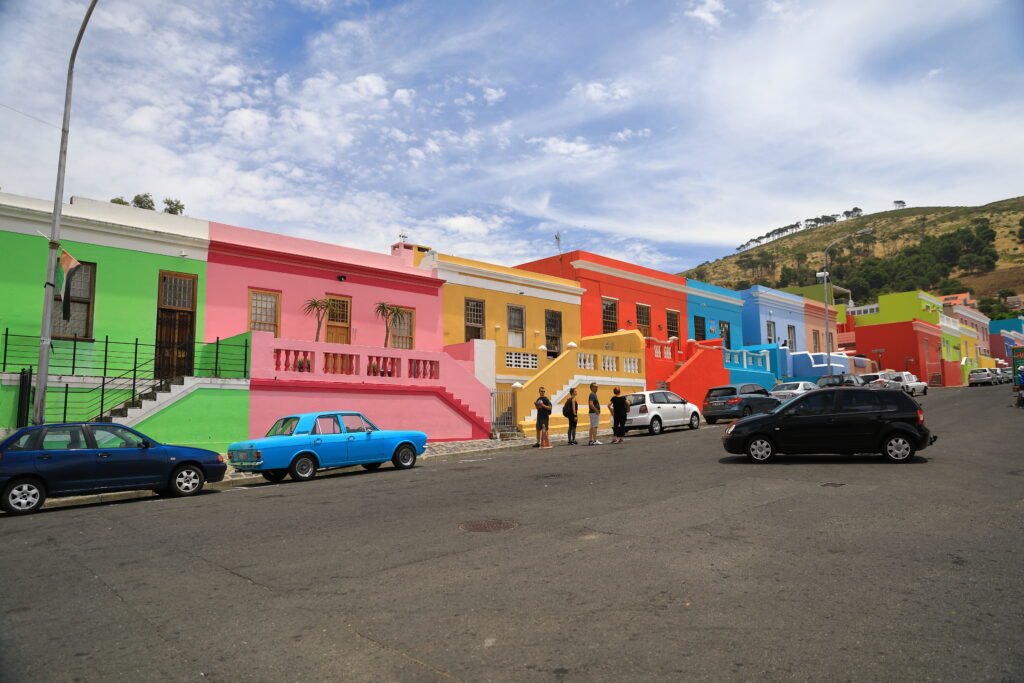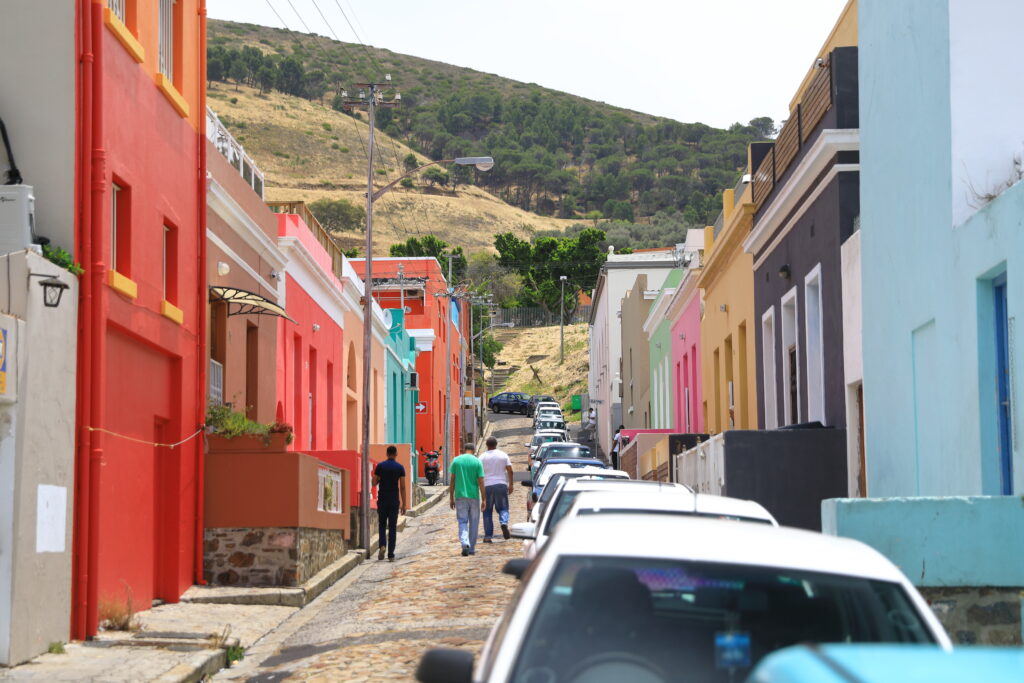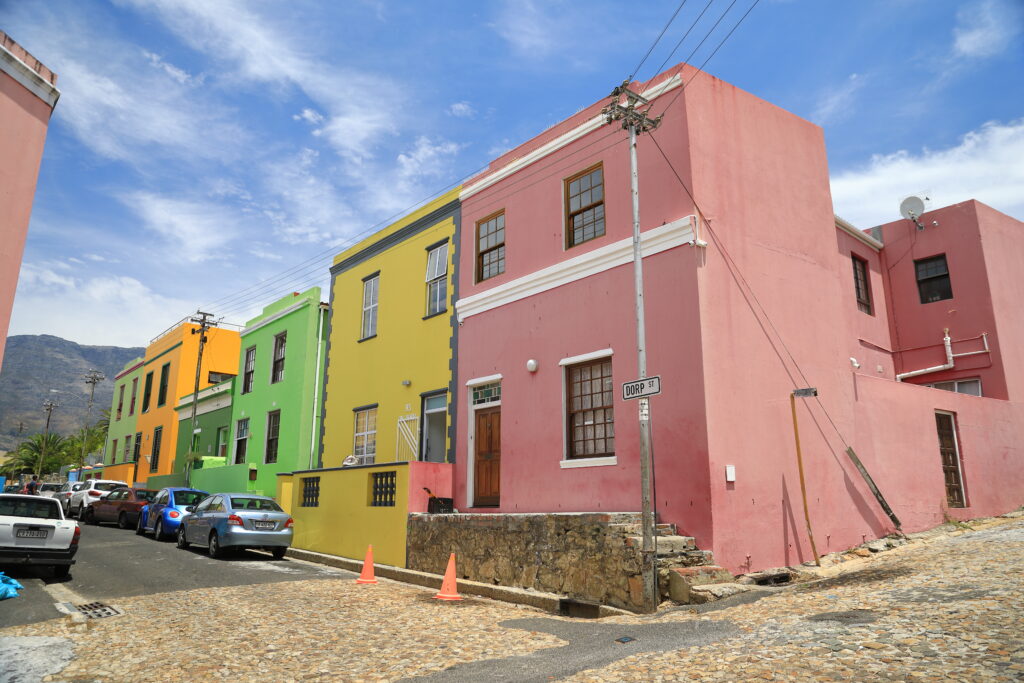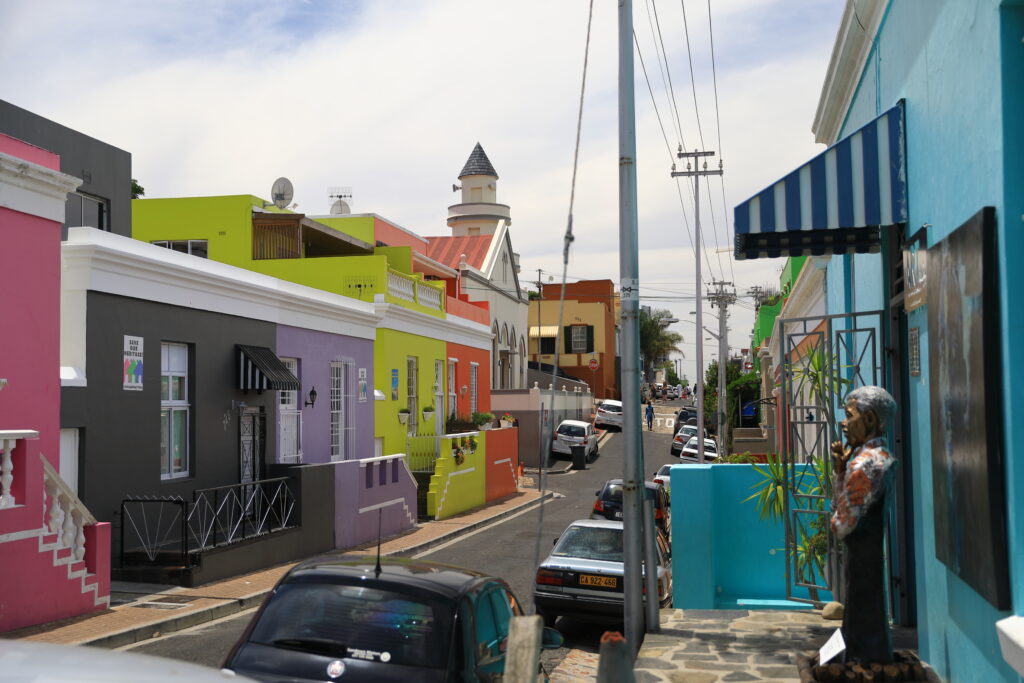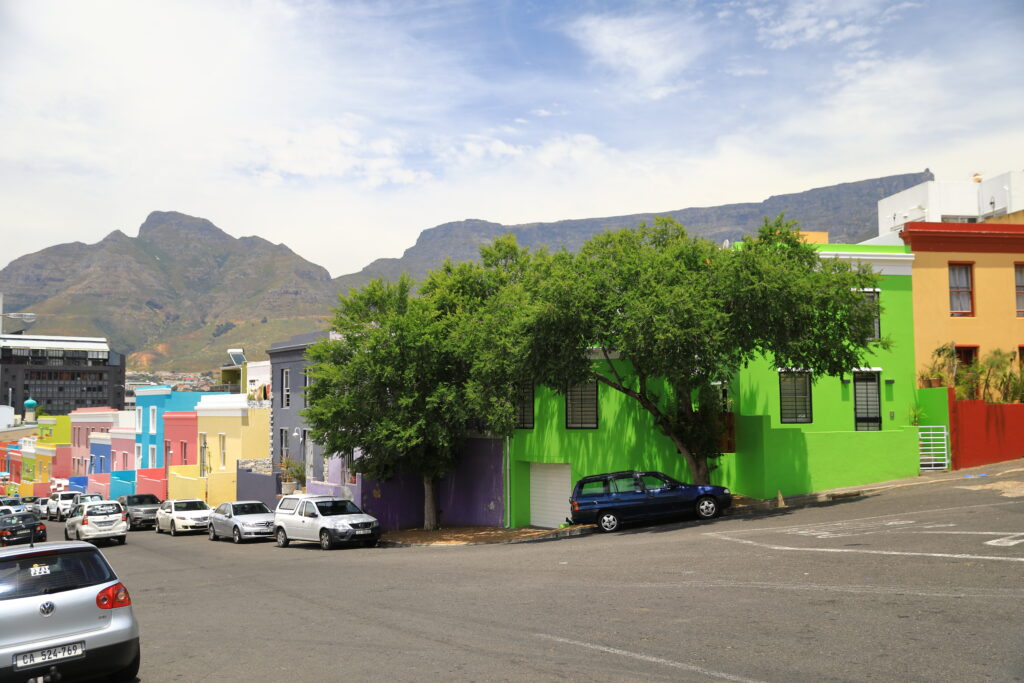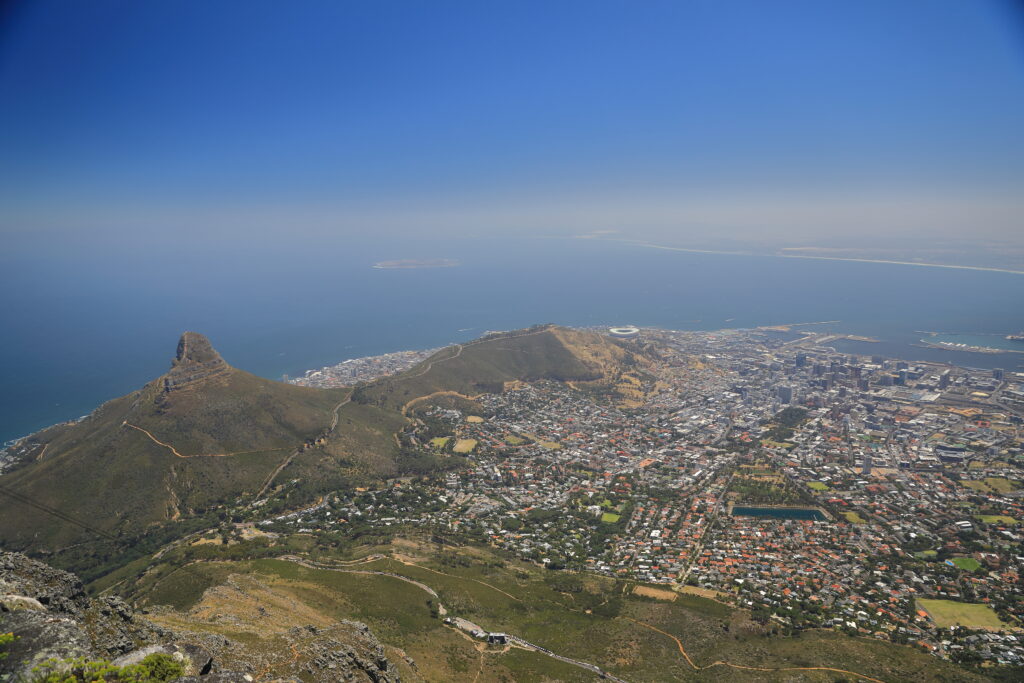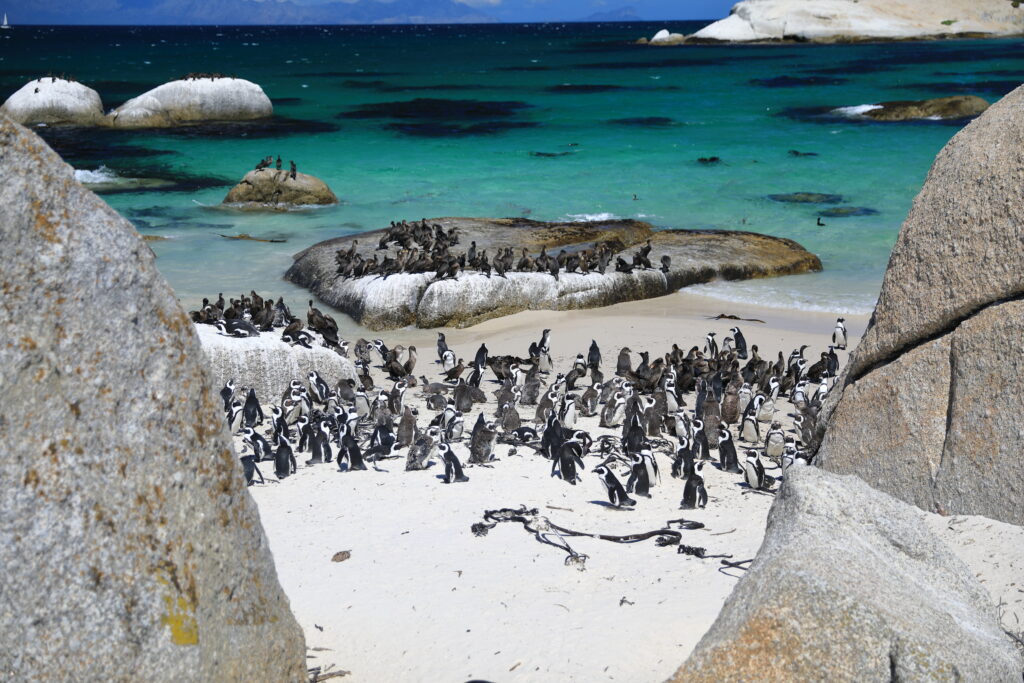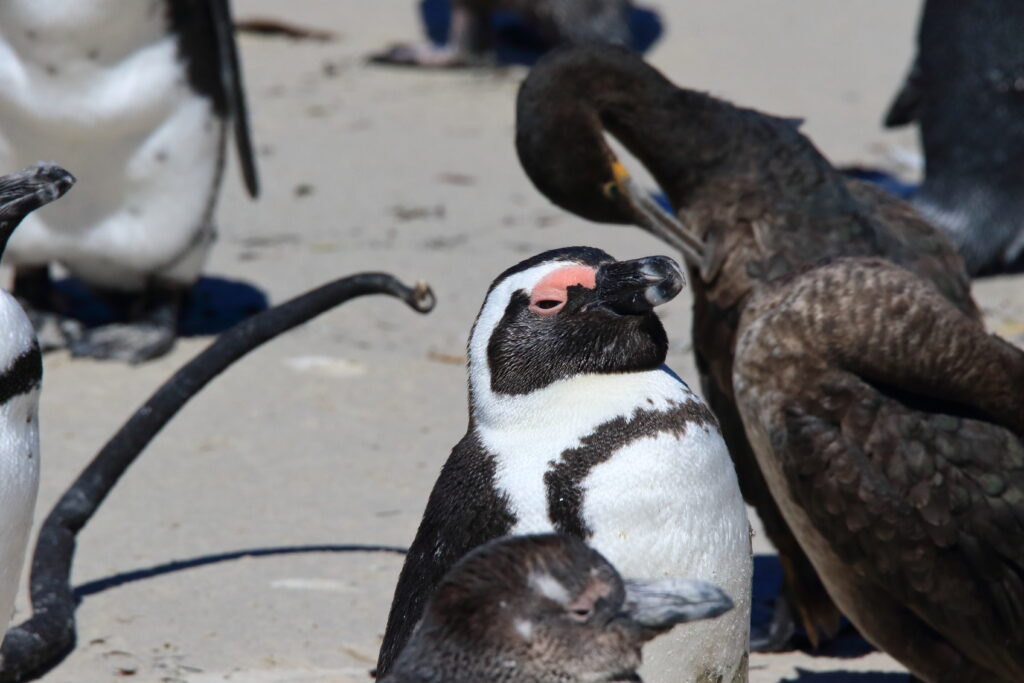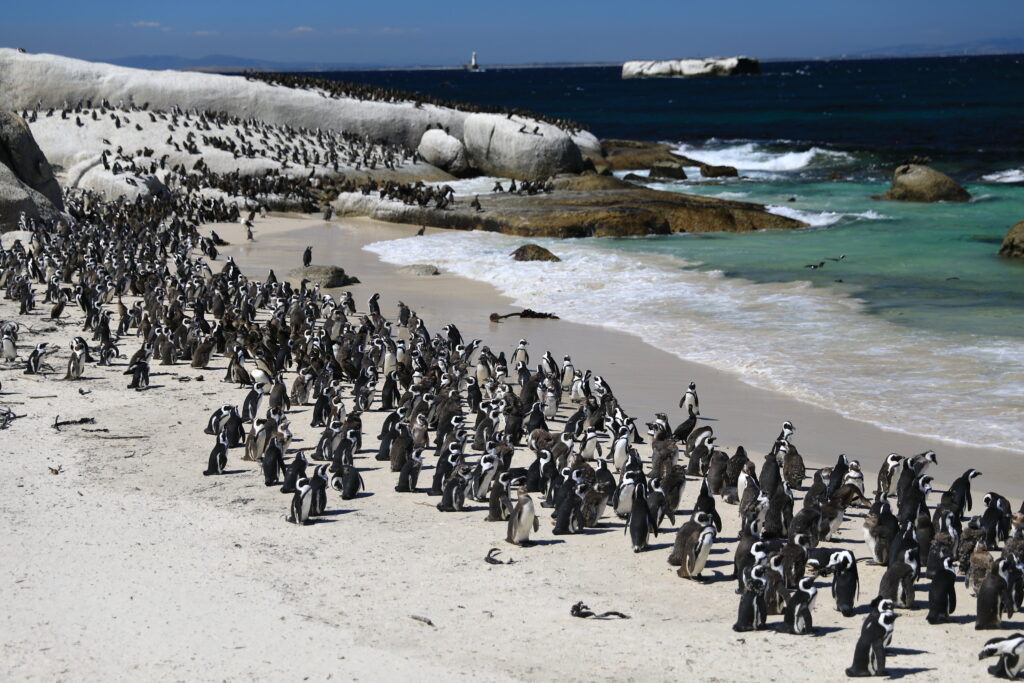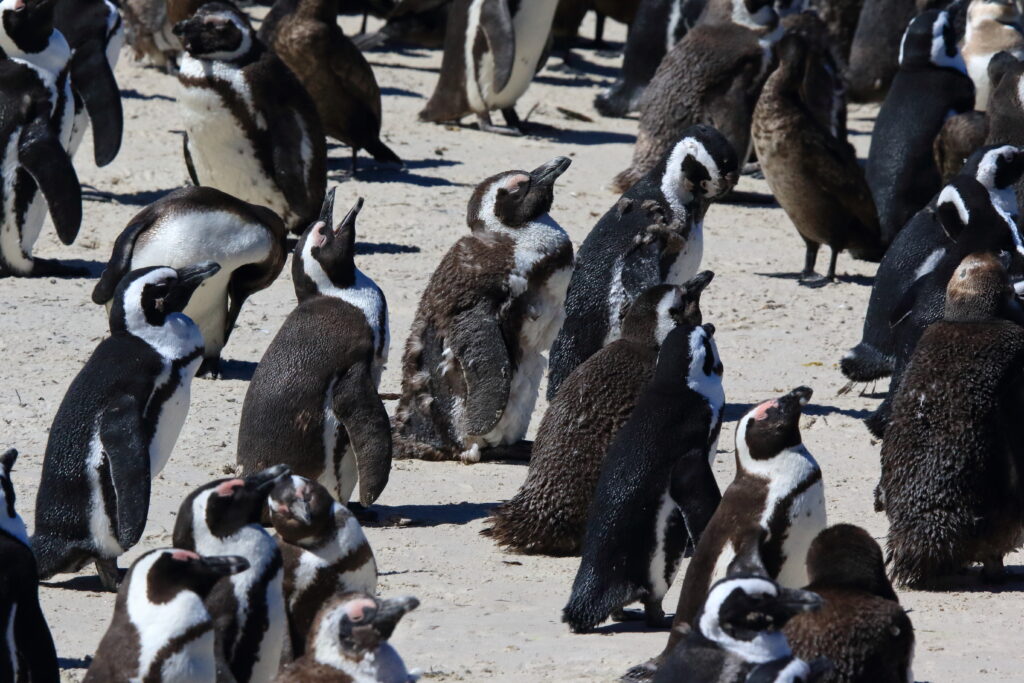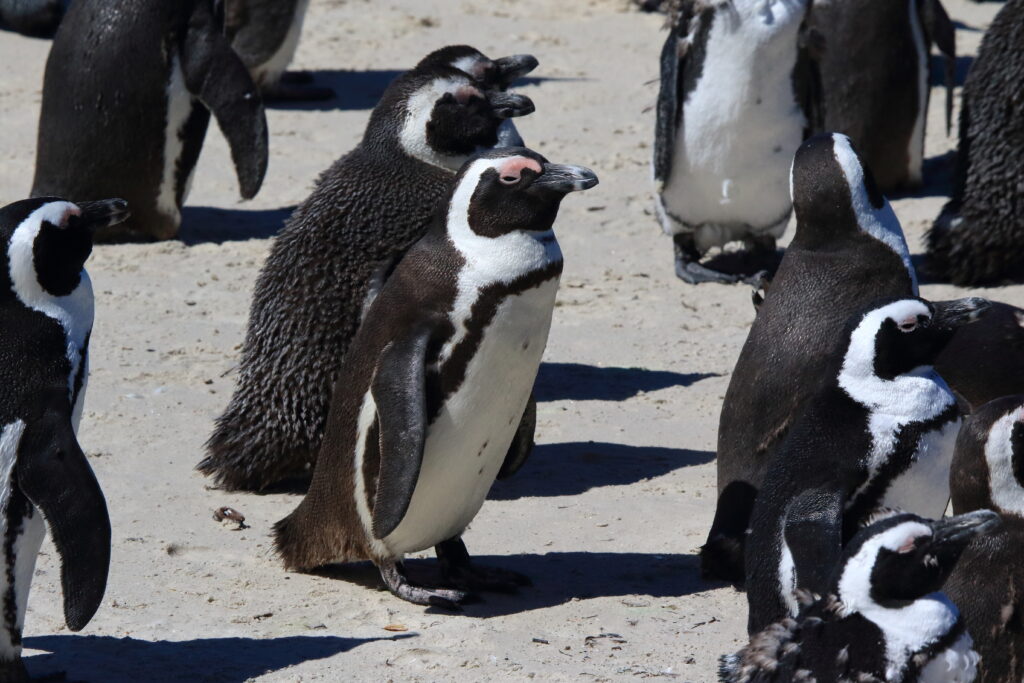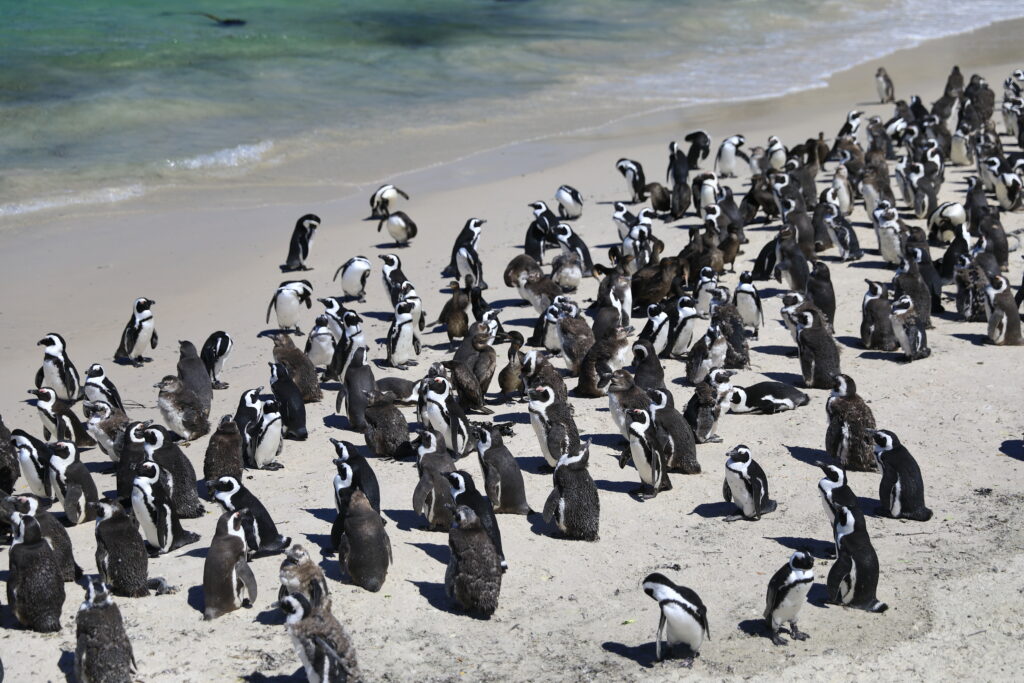Cape Town
South Africa – December 2020
Cape Town can best be described as a vibrant city. It has a very unique flavor and feel. The closest comparison I can make is Auckland, NZ, but the two cities feel more different than similar. The similarity is the energy. Cape Town is a large city, so of course traffic sucks and the sidewalks are packed. Lots of hustle and bustle all day long. Right now it is summer, which means the sun rises around 5:30am and traffic noise starts up soon after. The bars and restaurants on Long Street keep going until the early hours of the morning. Summer days in Cape Town can be as long as you want to make them.
Table Mountain dominates the city. It is listed as one of the Seven Wonders of the Natural World and the only one in Africa. Besides being a massive visual presence, the mountain directly affects the local weather. The “tablecloth” clouds form over the mountain at sporadic intervals depending on the interplay of moist air and dry air on different sides of the mountain.
Besides being an economic focal point for South Africa, Cape Town is also a cultural center and has a lot of history. Any building older than 100 years is supposed to be protected. It is very hard to get permission to tear down any old structure. It took a long time for the city to figure out what to do with an old grain silo facility in the waterfront district. The area was shifting away from commerce associated with the port and was slowly transforming into a glitzy district. Finally the city and a private art collector came up with a plan. The insides of the silos have been gutted and now hold the Museum Of Contemporary African Art. The architecture of the building is incredible and is a work of art in its own right. The collection of art in the various permanent and temporary exhibitions is also amazing.
The Bo-Kaap neighborhood is a living example of history in Cape Town. Formerly known as the Malay quarter, the region was home to slaves shipped in from Malaysia and other countries in SE Asia. The district was built to provide cheap rental housing for slaves. An old law required houses under lease to be painted white. When some of the slaves gained their freedom, they started painting their houses in bright colors to show their freedom and independence. According the local museum, some houses have been in the same family for generations.
South Africa’s history with slavery is just as horrific as the US, and like the US the impacts are still felt today. Because apartheid ended relatively recently, some of those impacts are still living memories. Please take a look at the photo with the view of Cape Town from Table Mountain. Look up and left from Cape Town to see a large island in the bay. That is Robben Island, which is one of the places Nelson Mandela was held as a political prisoner prior to his release.
South of Cape Town is Simon’s Town, which is home to Boulders Beach. It is part of the Table Mountain National Park and one of the few places on the mainland where African penguins nest. For the most part the penguins prefer offshore islands. African penguins don’t sound like other penguins. They bray very loudly. Which is how they got their old name – jackass penguins. But that name isn’t considered polite anymore, so now they’re called African penguins. This year’s chicks are pretty much full grown and going through their molting to get their adult feathers. Soon they’ll be able to take to the water just like the adults.
